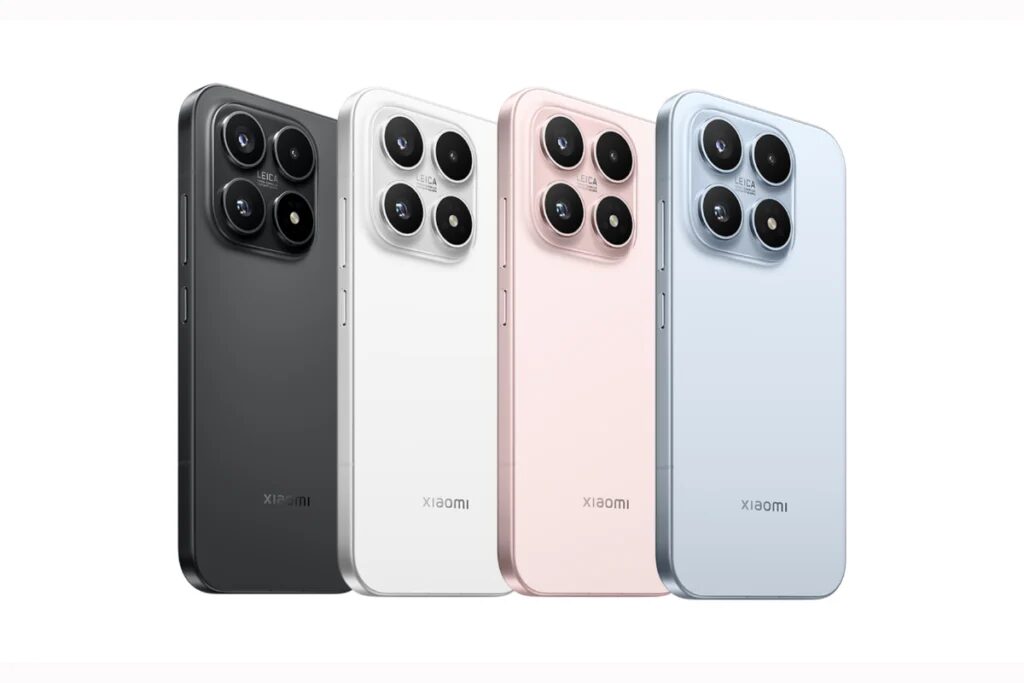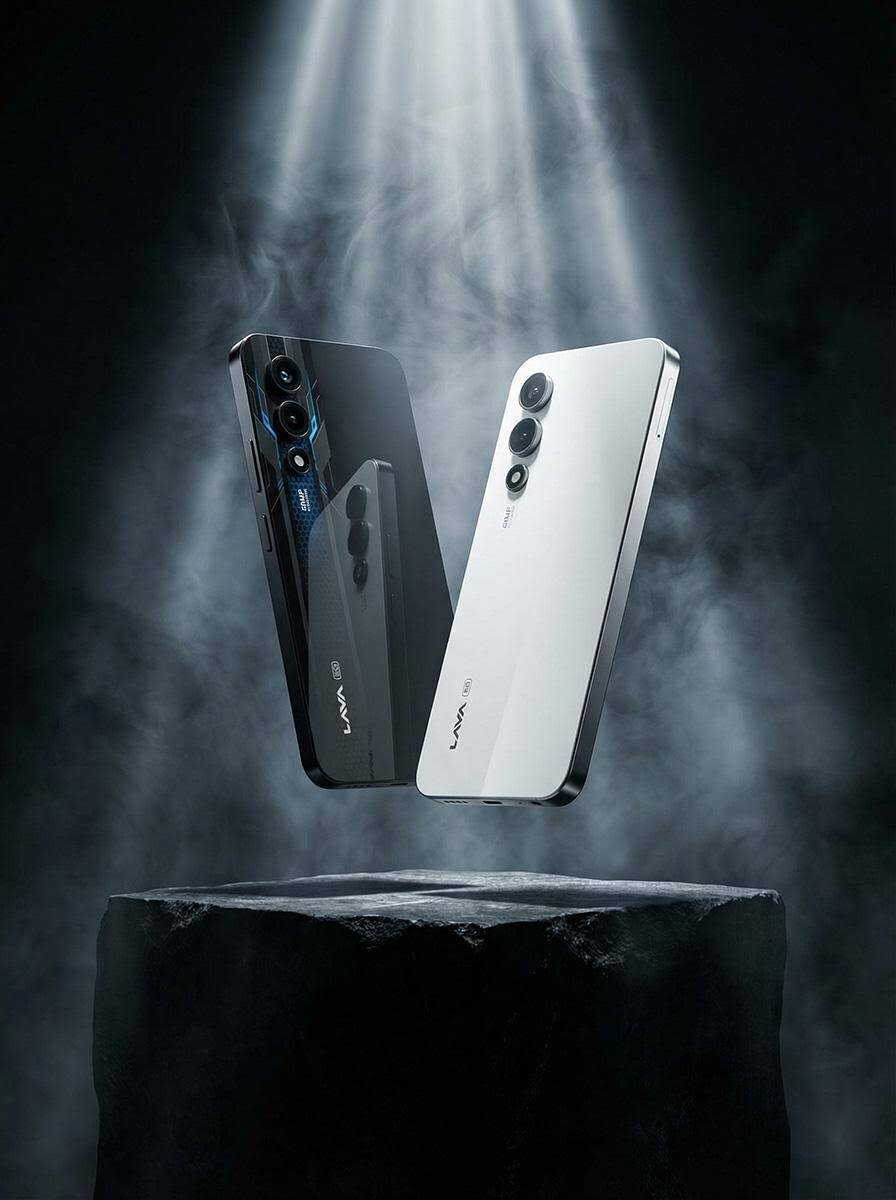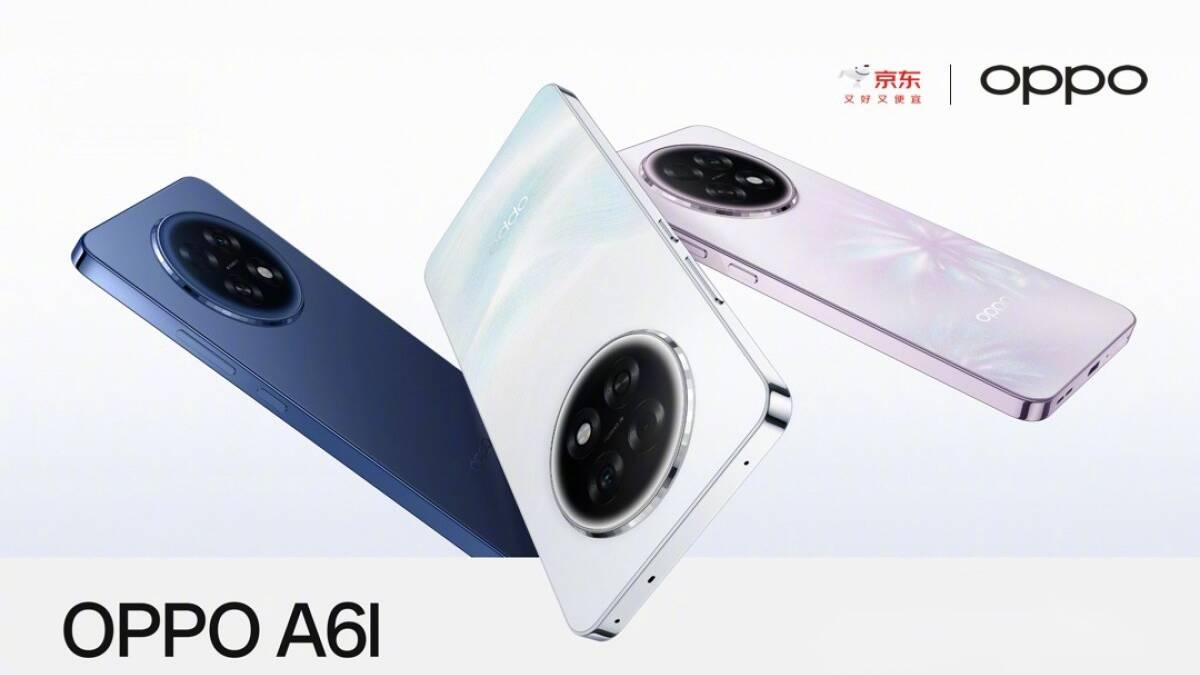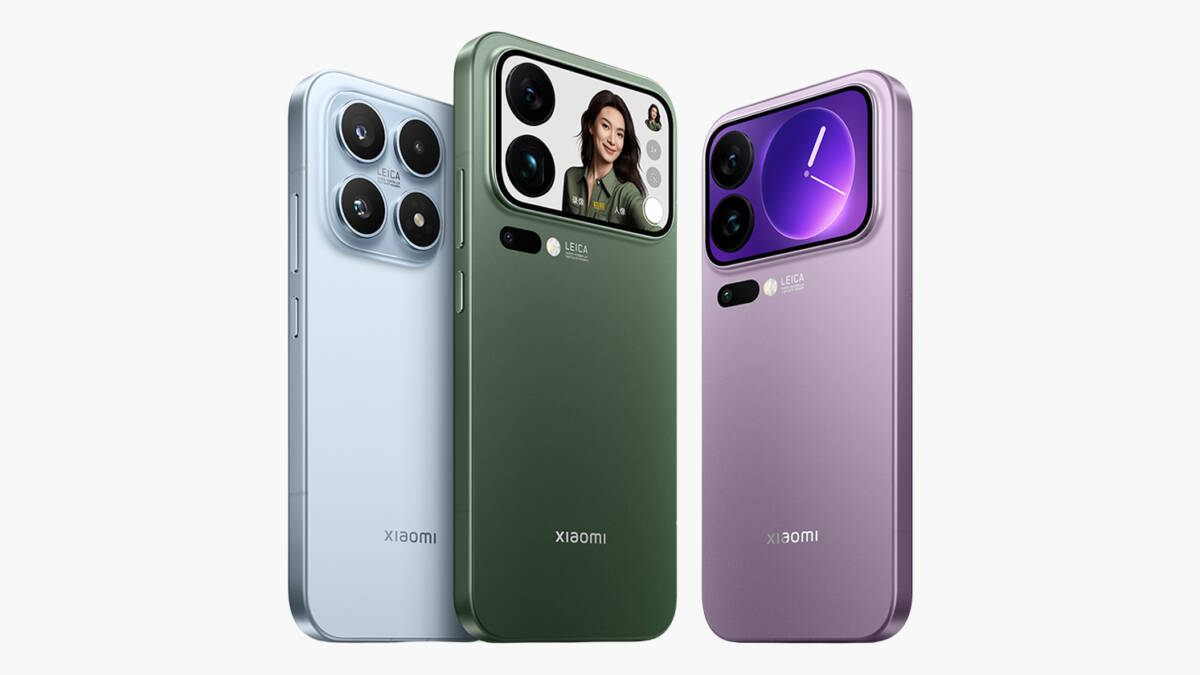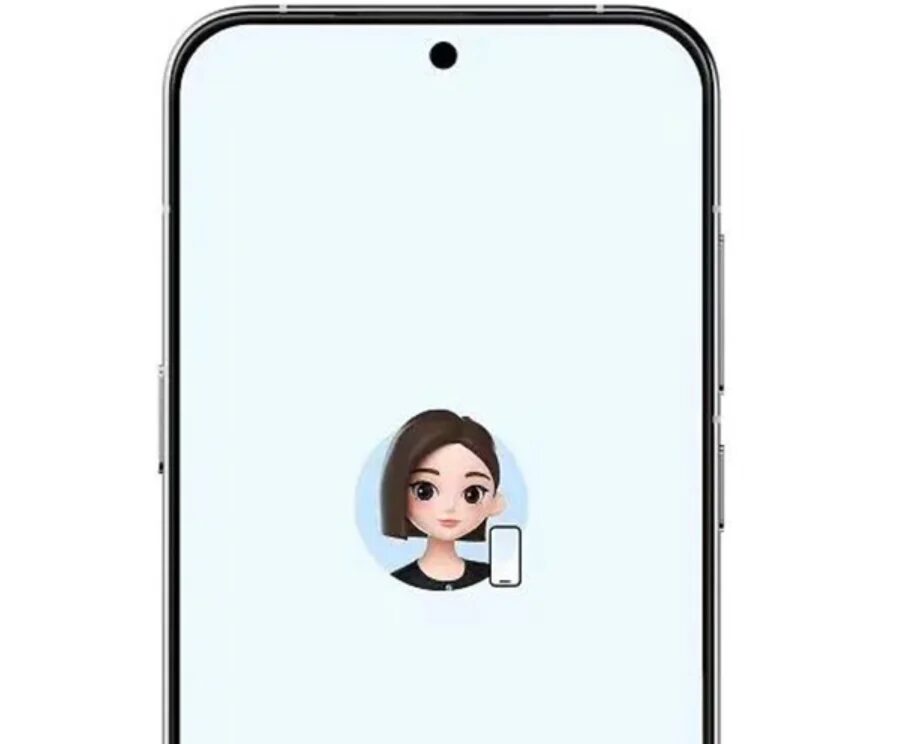Pixel 9 series moves to ultrasonic fingerprint scanner
After numerous user complaints about the under-screen fingerprint scanner introduced in the Pixel 6, Google is planning to make changes to the Pixel 9 series. According to a report from Android Authority, the Pixel 9 and 9 Pro will replace the current optical sensor with an ultrasonic fingerprint scanner. However, the Pixel 9 Pro Fold will retain the side capacitive sensor.
The Pixel 9 Pro Fold will have a side capacitive sensor.
Benefits of ultrasonic technology
Ultrasonic fingerprint technology uses inaudible sound waves to create a map of a user’s fingerprint. This method offers several advantages over the optical sensors used in previous Pixel models.
An ultrasonic fingerprint technology offers several advantages over the optical sensors used in previous Pixel models.
Unlike optical sensors, which depend on light and can malfunction due to protective films, ultrasonic sensors create a more detailed image of the ridges and depressions of the fingerprint, providing faster and more reliable unlocking.
Sound sensors create a more detailed image of the ridges and depressions of the fingerprint, allowing for faster and more reliable unlocking.
An ultrasonic sensor can be used to unlock the fingerprint.
Pixel 9 specs and performance
The Pixel 9 is rumored to use Qualcomm’s 3D Sonic Gen 2 (QFS4008) ultrasonic sensor. Introduced in 2021, this sensor has a larger surface area (8×8 mm) than its predecessors, making it easier to place your finger and improving accuracy with more biometrics.
In addition, the QFS4008 is faster, especially with wet fingers, a common problem for optical sensors. The same sensor is used in the Galaxy S24 Ultra. Google’s decision to go with the new technology isn’t surprising. Since the release of the Pixel 6, users have complained about the unstable performance of the under-screen sensor, especially compared to the highly regarded Pixel Imprint rear sensor used in previous models.
Since the Pixel 6 was released, users have complained about the unstable performance of the under-screen sensor, especially when compared to the highly regarded Pixel Imprint rear sensor used in previous models.
Although Google improved the sensor in the Pixel 6a, limitations, such as the reduced number of prints it registered, remained. The delay in adopting ultrasonic technology is somewhat puzzling. While the Pixel 8 is successful with universal facial recognition, it has its limitations. Its reliance on the front camera alone makes it unusable in low-light conditions, which emphasizes the need for a reliable alternative in the form of a fingerprint scanner.
Fingerprint scanner.

